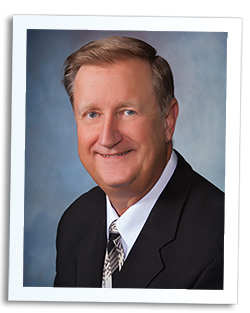The online Virtual Classroom provides you with in-depth information and explanations that allow you to learn more about CenterPoint from any location where you can access the internet (high-speed internet connection recommended). The training sessions in the Virtual Classroom are presented live by one of our CenterPoint experts. The sessions will also be recorded and sent to you so you can refer to the information afterwards.
Allocation of Production Details for CenterPoint Agriculture
Thursday, November 9, 2017
2:30-4:30pm
$59.00
Customizing CenterPoint Reports
Tuesday, November 28, 2017
9:30-11:30am
$59.00
Click here to register for these sessions.
For more information click on the classroom training's title
to visit our web site.
CenterPoint Payroll
February 26, 2018
Indianapolis, Indiana
CenterPoint Accounting for Agriculture
February 27-March 1, 2018
Indianapolis, Indiana
CenterPoint Accounting for Agriculture
June 26-28, 2018
Red Wing, Minnesota
CenterPoint Payroll
June 25, 2018
Red Wing, Minnesota
CenterPoint Accounting
September 18-19, 2018
Red Wing, Minnesota
CenterPoint Payroll
September 20, 2018
Red Wing, Minnesota
Woods Hill Farms Featured in Dairy Star’s World Dairy Expo Special Edition
Woods Hill Farms was featured in Dairy Star’s World Dairy Expo Special Edition, in the September 9th, 2017 issue. In a story entitled “Eight Dairies Featured in WDE Virtual Farm Tours,” Woods Hill Farms is a 134 acre farm and is hosting a tour on October 7th.
Sunburst Dairy Featured in Progressive Dairyman
Sunburst Dairy was featured in the September 12, 2017 issue of Progressive Dairyman. In the story “Chick Day Event Inspires Farm Women to Shine in Various Ways,” Yogi Brown of Sunburst Dairy was one of several participants who shared her personal story about farm transition.

It seems like the season for change. The weather in Minnesota is changing, the leaves are changing, our office decorations are changing to fall colors, and don’t even get me started on politics. But, the change I want to talk about is the change taking place at many of our customers’ businesses.
With the announcement that Red Wing Software will be discontinuing support of our oldest products (in March, 2018), Red Wing Windows Accounting and Champion Controller, many of our customers are changing to our new CenterPoint Accounting and Payroll programs. CenterPoint is based on all the latest software technology and is both powerful and easy to use, a great step forward for our longtime customers.
We have made this change as easy as possible for our customers by moving their data from the legacy products to CenterPoint for them. After the data transfer is complete, we offer web based training on the products to make the transition as easy as possible. As with all change, there is a learning curve, but the web based training takes much of the mystery out of the process.
CenterPoint Accounting was designed to make the transition from Red Wing Windows Accounting and Champion Controller easy by including the features available in the legacy products, and a utility for moving historical data into a new database. If you are a Red Wing Windows Accounting or Champion Controller customer and want to move to new technology, call our sales staff and they can help schedule the transition and make the process as painless as possible.
I want to congratulate all of our customers that have already made this change to advance their accounting technology tools. I know it is not always easy, but, like the weather, leaves, decorations, and politics, it is sometimes inevitable.